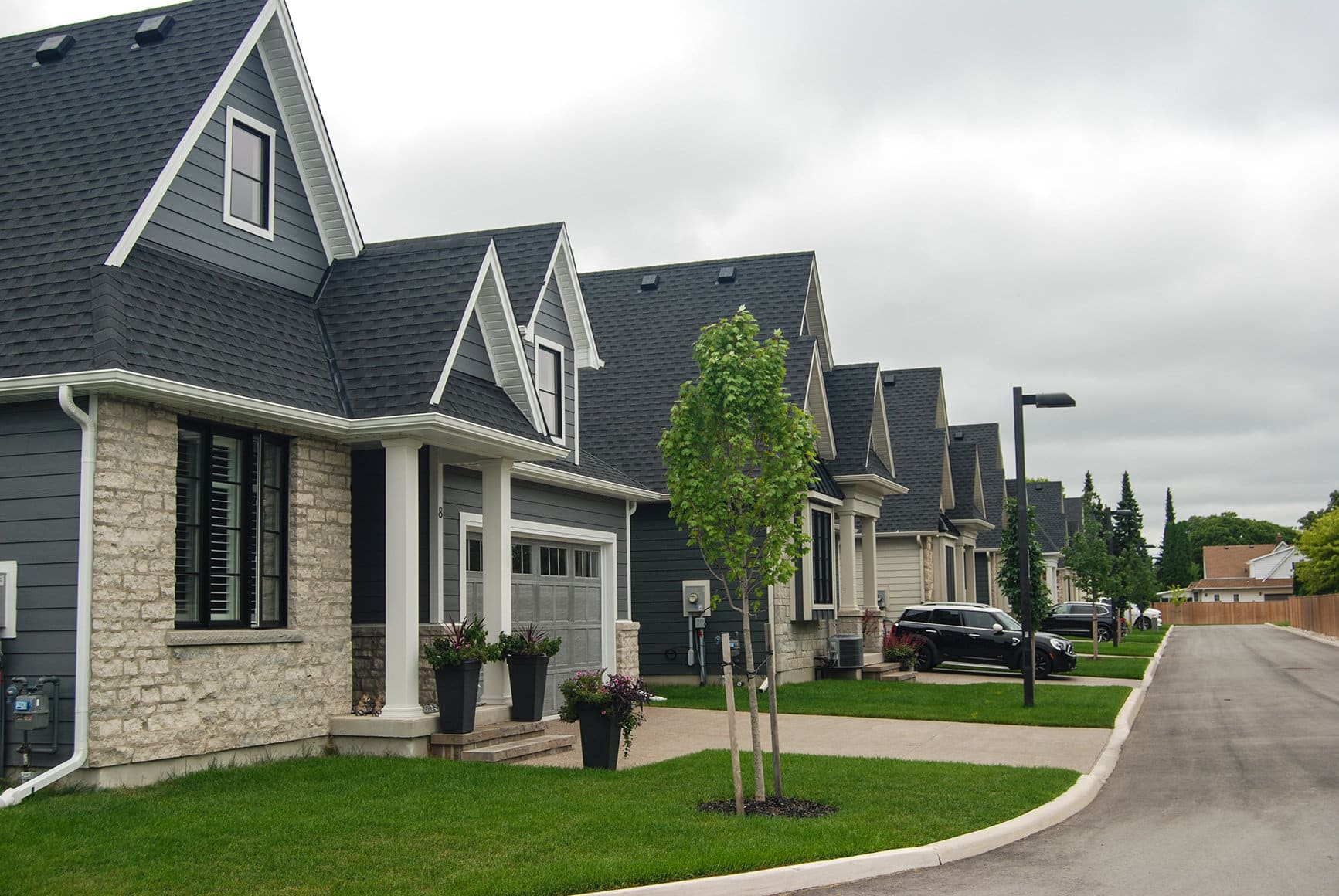Council candidates need to take a stand on imposing design guidelines
In past columns I have often referred to and described the attributes of a particular building in identifying its architectural style. But what is an architectural style?
The Oxford English Dictionary defines it as: “A definite type of architecture distinguished by special characteristics of structure and ornament.”
In practical terms, we can identify the style of a particular house by comparing the building, its elements and ornamentation, against an internationally recognized set of criteria and parameters.
This can be accomplished even when the expression of the style may vary somewhat from place to place due to the inherent commonality with the stylistic criteria.
Now, an architectural historian might like to add that this “definite type of architecture” should be placed within a particular culture during a defined period of time.
However, this limitation speaks only to the introduction and mass popularity of a style within a particular geography while ignoring any ongoing architectural tradition (school) based on that style.
Consider the venerable Georgian.
Here in Upper Canada, the local expression of this style began with the early founding of our colony and remained a primary go-to of the house-building public until 1860.
That said, home designs in the Georgian style continue to be developed and built today. Quite simply, Georgian architecture continues to reflect the socio-political-economic values of a demographic segment of our 21st-century society and hence it “lives” on.
In reality, some styles were purely an expression of their place and time, hence having no relevance after that period (e.g. Italianate) while others, like the Georgian school, carry on.
Over the last 220 years, 23 distinct architectural styles and the Eclectics (a group of revival expressions) have put their mark on the province.
Niagara-on-the-Lake was no exception and examples of homes designed in most of these styles can be found across the town.
Added to this mix were the vernacular or “folk” houses. These relatively simple, often owner-built houses were functional and meant to provide basic shelter.
Ornamentation and decorative elements were typically minimal or absent. The building form followed function with consideration to local climatic conditions and little attention was paid to being fashionable.
Over two centuries of correct stylistic designs augmented by vernacular builds, created up until the last couple of decades, contextually appropriate streetscapes.
This variety of architectural expression resulted in organic communities across NOTL that are visually pleasing and intuitively interesting.
Then, during the last 20 years, both infill and subdivision development in town has escalated at an unprecedented rate. Sadly, a significant percentage of this development fails to qualify as good architectural design.
In St. Davids, Virgil, Glendale and Old Town multi-unit and subdivision developments have and are being built whose presentations are virtual duplicates of those in the GTA’s urban sprawl.
Rows of cookie-cutter houses, whether detached, semi-detached or towns, display no particular architectural style while often failing to observe even the most fundamental precepts of the architect’s discipline.
And, while this falls outside my expertise, I have been informed by those who are top-ranked urban planners, that the limited access, closed-loop design of these developments have been proven to inhibit broader community integration while not adequately addressing emergency, personal vehicular or pedestrian requirements.
Where does this lead us?
By every indication from both provincial and regional levels (witness the “required” changes necessary to NOTL’s 2019 official plan), the town will be forced to support the current rate of development into the foreseeable future.
And should the town not address its existing approval processes with a vision of the future, these milquetoast developments will certainly destroy what makes Niagara-on-the-Lake a go-to for both residents and visitors.
Bluntly, we can protect the Old Town heritage district “until the cows come home” but, if that is encased in barricades of GTA-style suburbia, who is going to want to breach those walls to visit or live here?
The only practical and enforceable address to this issue is to adopt town-wide codified and properly supported design guidelines.
So, I call upon all declared candidates for the position of lord mayor and town councillor to unequivocally state their position on the institution of these guidelines and let the voters decide the fate of our town.











